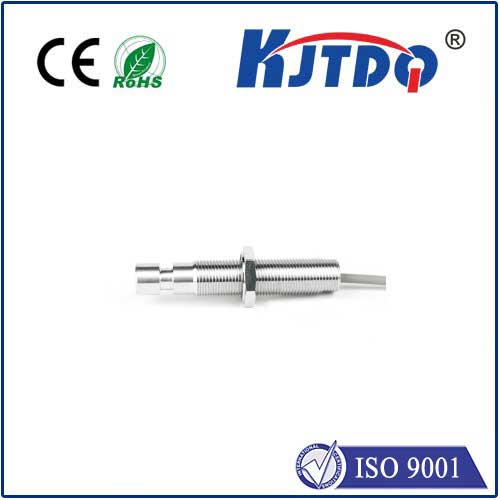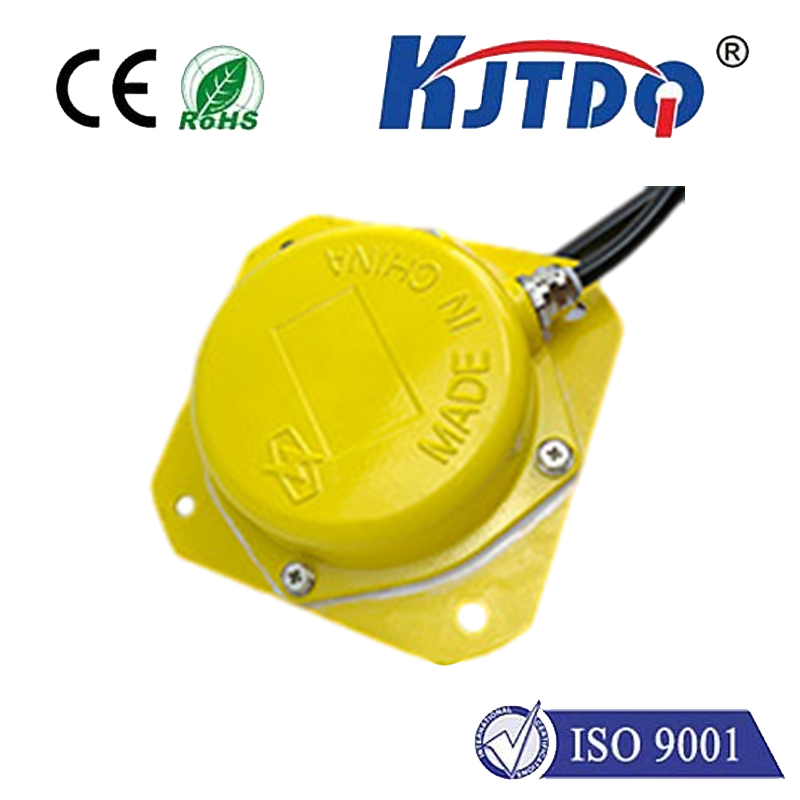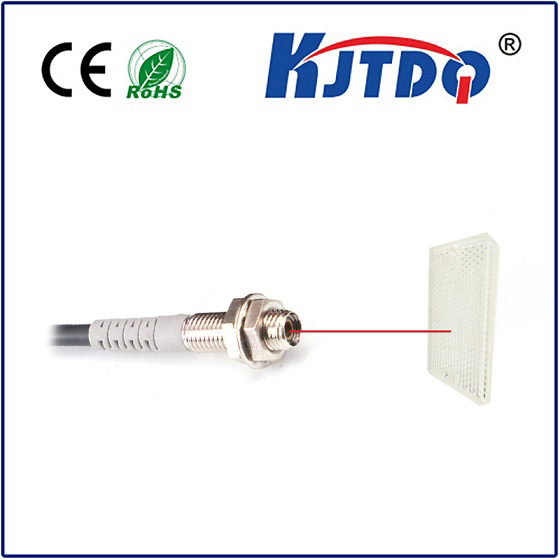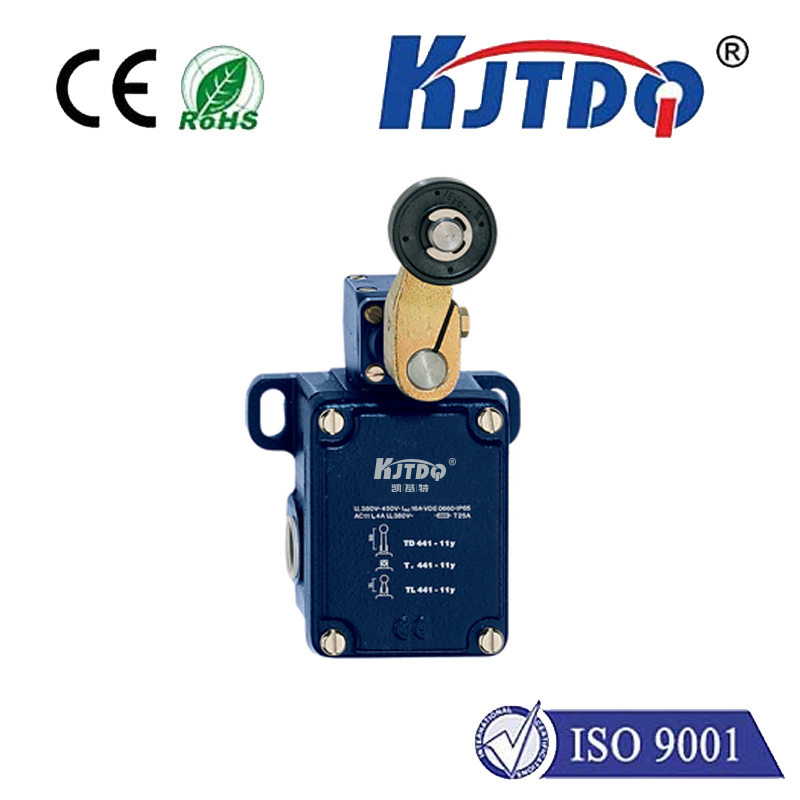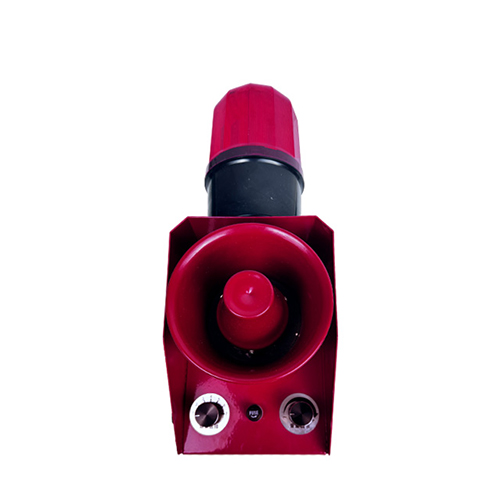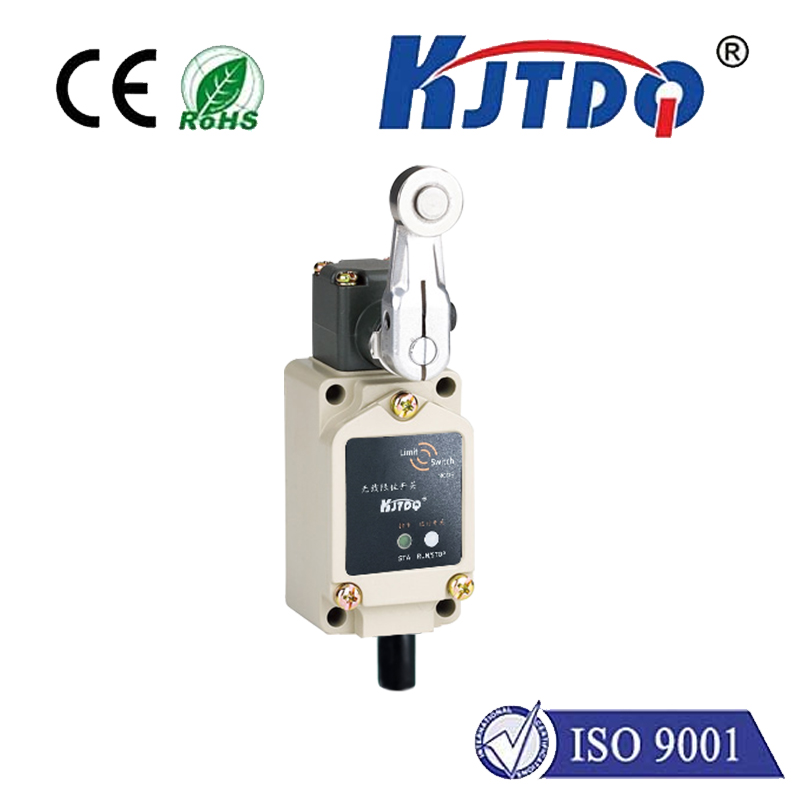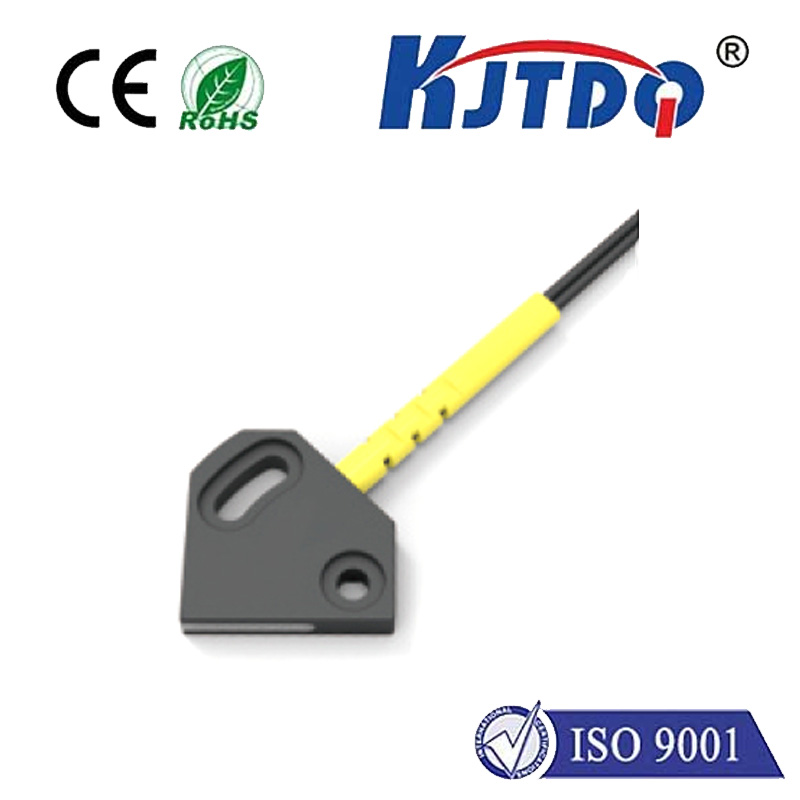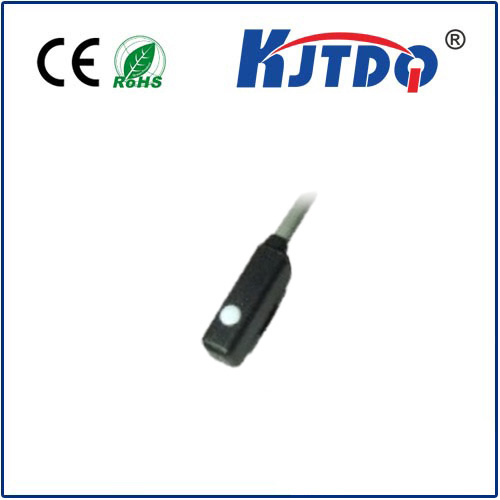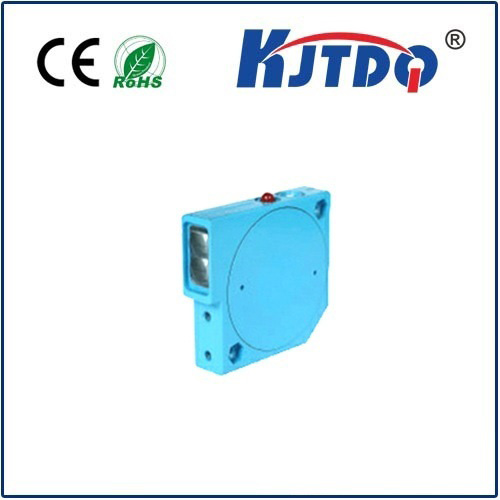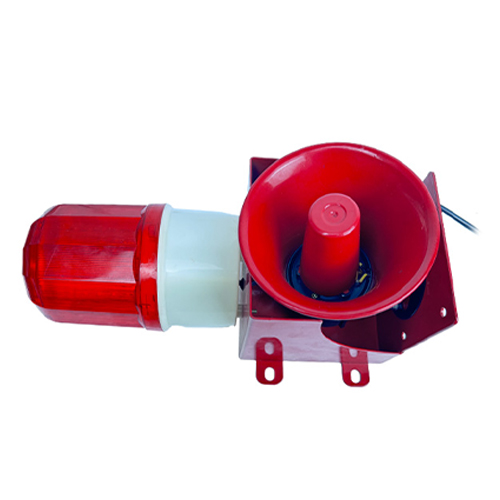pt1000 temperature sensor
- time:2025-08-19 13:00:17
- Click:0
PT1000 Temperature Sensors: Precision Measurement for Demanding Applications
Precision. Stability. Reliability. In the complex world of industrial processes, scientific research, and critical systems, accurately measuring temperature isn’t just desirable – it’s often absolutely essential. Choosing the wrong sensor can lead to costly errors, product failures, or compromised safety. When unwavering accuracy and long-term stability are paramount, the PT1000 temperature sensor emerges as a preeminent solution, leveraging the dependable principles of platinum resistance thermometers. This article delves into the technology, advantages, and optimal applications of the PT1000.
Understanding the Core Technology: The Platinum RTD
The PT1000 belongs to the family of Resistance Temperature Detectors (RTDs). Unlike thermocouples, which generate a voltage based on a temperature difference, RTDs work on a beautifully simple principle: the electrical resistance of pure metals changes predictably as their temperature changes. Platinum is the metal of choice for high-performance RTDs due to its exceptional properties:
- Linear Resistance-Temperature Relationship: Platinum exhibits a very consistent and predictable change in resistance over a wide temperature range.
- Chemical Stability: It is highly resistant to corrosion and oxidation, even in harsh environments.
- Repeatability and Long-Term Stability: Platinum RTDs maintain their calibration characteristics remarkably well over time.
The “1000” in PT1000 specifically refers to its nominal resistance at the international reference temperature of 0°C (32°F). Simply put, a PT1000 sensor measures exactly 1000 ohms when immersed in an ice bath at 0°C. As temperature increases, its resistance increases; as temperature decreases, its resistance decreases. This predictable change is governed by established standards like IEC 60751 or DIN EN 60751.

How Does a PT1000 Sensor Actually Work?
Imagine the sensor element itself: a fine platinum wire precisely wound around a ceramic or glass core, or perhaps deposited as a thin film onto a ceramic substrate. This platinum element is the heart of the sensor. Encased within a protective sheath (often stainless steel, Inconel, or ceramic), it is connected to lead wires.
When connected to a suitable measuring instrument (like a temperature transmitter or PLC input module), a small, constant current is passed through the platinum element. The instrument then precisely measures the voltage drop across the element. Knowing the constant current (I) and measuring the voltage (V), the instrument calculates the resistance ® using Ohm’s law (R = V / I). This calculated resistance value is then converted into a temperature reading using standardized resistance vs. temperature tables or mathematical formulae derived from the RTD’s characteristic curve.
Key Advantages of the PT1000 Over Alternatives
Why choose a PT1000 over other temperature sensors like thermocouples or NTC thermistors? The answer lies in its specific strengths:
- High Accuracy: PT1000 sensors offer superior accuracy compared to many alternatives, especially within their optimal range (typically -50°C to +500°C, though specialized versions go higher or lower). Accuracy levels within ±0.1°C to ±0.3°C are achievable.
- Exceptional Stability and Repeatability: This is arguably the PT1000’s strongest suit. Its resistance characteristics change minimally over time, meaning it retains its calibration far longer than thermistors or some thermocouples, reducing the need for frequent recalibration – a critical factor for quality control and process reliability.
- Reduced Lead Wire Sensitivity: Compared to its more common sibling, the PT100 (100 ohms at 0°C), the PT1000 has a significant advantage: its higher base resistance. Any resistance introduced by the connecting lead wires (lead resistance) has a proportionally smaller effect on the total measured resistance. While 3-wire or 4-wire configurations are still recommended for high accuracy, the PT1000 inherently minimizes errors from lead wire resistance, making it more robust, especially in longer cable runs.
- Superior Linearity: The resistance-temperature relationship for platinum is more linear than for thermocouples or thermistors, simplifying signal processing and conversion within instruments.
- Wide Acceptability: As a standardized device (IEC/DIN), PT1000 sensors and their characteristics are universally understood and supported by instrumentation worldwide.
Where Does the PT1000 Excel? Key Application Areas
The combination of accuracy, stability, and reduced lead wire error sensitivity makes the PT1000 ideal for demanding scenarios:
- Laboratory & Metrology: Calibration labs, reference standards, and high-precision scientific experiments where traceable and reliable measurements are non-negotiable.
- Pharmaceutical & Biotechnology: Critical processes like fermentation, sterilization (autoclaves), lyophilization (freeze-drying), and bioreactor control demand stringent temperature accuracy and absence of drift.
- HVAC/R Building Management Systems (BMS): Monitoring ambient air, duct temperatures, and critical spaces where stability and moderate accuracy are needed over long cable runs.
- Food & Beverage Processing: Ensuring precise temperature control during pasteurization, cooking, chilling, and storage for safety and quality.
- Automotive Testing: Engine development, emissions testing, and climatic chamber performance monitoring.
- Industrial Process Control: Applications requiring reliable, stable temperature feedback for process optimization and control loops, particularly where sensor cable runs are lengthy.
Design Considerations: Getting the Most from Your PT1000
To harness the full potential of PT1000 temperature sensors, careful design and installation are crucial:
- Wiring Configuration: While the higher resistance offers inherent error reduction, best practices still apply:
- 2-Wire: Simple but least accurate – lead wire resistance directly adds error. Suitable for short distances or lower accuracy needs.
- 3-Wire (Highly Recommended): The most common practical configuration. Compensates for lead wire resistance in two of the wires, providing a significant accuracy improvement.
- 4-Wire: Offers the highest accuracy by fully eliminating lead wire resistance effects. Used in laboratory standards and critical measurements.
- Instrumentation: Ensure the measurement device (transmitter, PLC card, meter) is specifically configured for a PT1000 RTD (1000 ohm @ 0°C). Using settings for a PT100 or thermocouple will yield completely erroneous readings.
- Self-Heating Effect: The measuring current passing through the sensor element generates heat (I²R heating). While generally very small, it can cause the element to read slightly higher than its surroundings. Using the manufacturer’s recommended excitation current minimizes this effect. Higher base resistance (like the PT1000) helps mitigate this relative to lower resistance RTDs for the same current. Think of it like stirring calm waters gently (low current) versus stirring rapids (high current); less disturbance yields a truer reading.
- Sensor Placement & Protection: Mount the sensor probe correctly for












